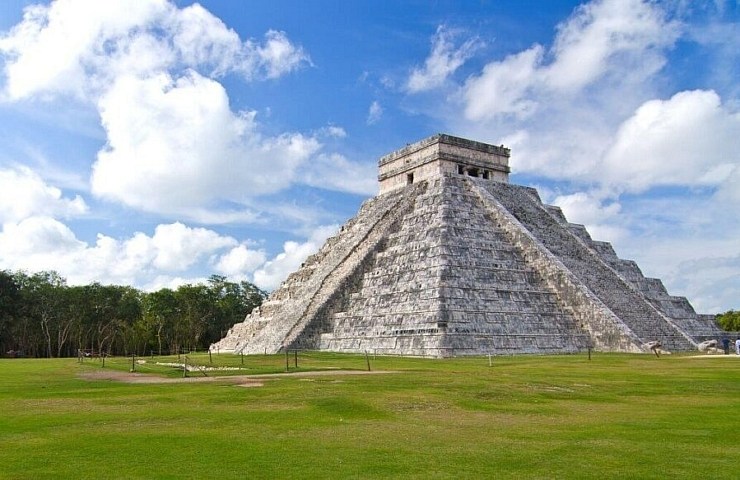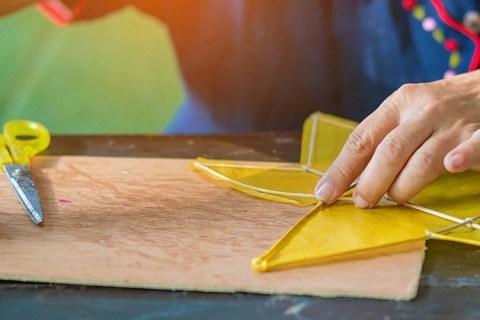In the spirit of the fall, we can discuss Mexico’s similarly colored holiday as well as the country’s rich cultural history that is protected by the United Nations.
In 2010, Mexico’s traditional cuisine was considered a “cultural model” by The United Nations Educational Scientific Cultural Organization. UNESCO was created in 1945 and its goal is to protect, educate and scientifically explore countries and their cultures from around the world.
UNESCO established a list of “Intangible Cultural Heritage of Humanity” composed of moments and practices. Only two countries in the entire world have its heritage from cuisine to music to attire protected by the UN, and one is Mexico. The year this list was born was the first time Mexico was mentioned, specifically for festivals that honor the dead.
Día de los Muertos is a Mexican holiday taking place at the end of October and the beginning of November. The holiday is to celebrate loved ones who have passed by decorating an altar or ofrenda with treasured meals and objects.
The loved ones are then led from the land of the dead to the land of the living by alebrijes or spirit guides, candles and the vibrant orange petals of the marigold flower which represent the fragility of life.
Throughout the day you’ll be full of emotions thanks to nostalgic thoughts accompanied by mariachi music and sugar skulls. The specifics in preparations and traditions date back to the pre-colonial days of Mexico’s indigenous communities.
Mexico’s history dates back to 10,000 BC and so do the recipes used to this day.
Tortillas are the most prominent dish, first was the corn tortilla since corn had just been domesticated and became a staple throughout many Mesoamerican communities including the Aztecs and Mayans.
The process of nixtamalization is when corn is soaked in water with lime. The word is derived from the indigenous language Nahuatl and is made up of two words, nextil meaning “ashes” and tamalli meaning “cooked corn dough.” The dough is flattened and then cooked on a comal, by the mid-20th century mechanical versions were created like tortilleras.
Eaten with nearly anything and everything, as well as growing more than 40 variations!
Another of Mexico’s most recognizable traditions is in its music, with a variety of genres like Corridos, Ranchera, Chicano Rap, Trival and Tejano music from throughout the diaspora.
It is most famously known for Mariachi! The genre came to be as late as the 18th century in central-west Mexico.
Originally, the indigenous music involved rattles, drums, concha horns and flutes.
Spaniards arrived around this time and brought instruments like violins and trumpets. Natives quickly adopted them and put their own spin by turning their guitars into vihuelas and guitarróns.
This folk fusion of regional traditions and foreign elements spawned distinct sounds from different states, like son jalisciense from Jalisco and orquestas tipícas from more rural regions.
They’d work and perform in Spanish plantations until the Mexican Revolution when native musicians were free to play wherever they pleased, playing in polkas, waltzes and any public venue available.
In the early 20th century, typically members wore matching uniforms with each piece from the boots, pants, sombreros to their ties ornamented with detail. The Men wear traje de charro and the women wear either a version of it or a china poblana, a colorful embroidered blouse and shawl with a long beautifully pleated skirt.
Similarly, the equestrian sport of Charrería was one of the most recent Mexican elements added to UNESCO’s list. The sport consists of multiple equestrian activities like reining and roping while going beyond that through music as well as costuming. The clothing, saddles and all the equipment have decorative floral embroidery with vibrant tones.
Being inspired by charreada with a Mexican spin, of course, a tradition revolving around a love of horses was born.
As the year wraps up and we are thrown into a weeks-long holiday celebrating culture and our family, remembering and honoring ancestors whose resilience, love and determination gave us the privilege of living today is important.





Recent Comments